By Nicole Saldarriaga
Gaius Caesar Augustus Germanicus—not many people are familiar with the name, but very, very many are familiar with the man. We know him by his nickname, his debauchery, and his thirst for blood: Rome’s third emperor, Caligula.
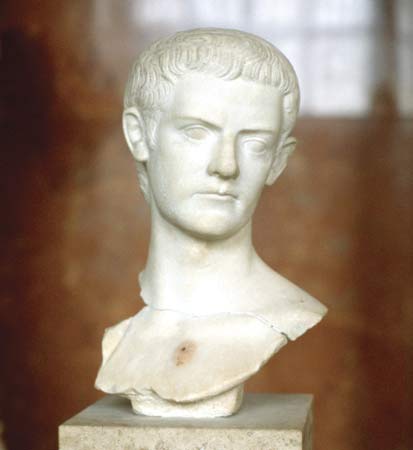 The tales of Caligula’s excesses are well known and have led many scholars to believe that the young emperor was severely deranged—some even call him insane. After all, we’re talking about the man who, if ancient scholars are to be believed, was planning to name his beloved horse consul (the highest and most coveted position on the Roman Senate). We’re talking about the man who allegedly carried on a love-affair with his own youngest sister, brazenly, in front of her husband. We’re talking about the man who made senators trot alongside his litter, made the battle-hardened Roman Legion pick up seashells on the coast of the English Channel, and generally spilled rivers of blood arbitrarily, wherever he went.
The tales of Caligula’s excesses are well known and have led many scholars to believe that the young emperor was severely deranged—some even call him insane. After all, we’re talking about the man who, if ancient scholars are to be believed, was planning to name his beloved horse consul (the highest and most coveted position on the Roman Senate). We’re talking about the man who allegedly carried on a love-affair with his own youngest sister, brazenly, in front of her husband. We’re talking about the man who made senators trot alongside his litter, made the battle-hardened Roman Legion pick up seashells on the coast of the English Channel, and generally spilled rivers of blood arbitrarily, wherever he went.Clearly, Caligula wasn’t all there.
If he wasn’t insane, then at the very least we can say that the power of his station—which he took at the young age of twenty-five—severely went to his head.
However, it may be surprisingly difficult to argue that Caligula’s excess was all bad for Rome.
His constant pursuit of luxury, his need to display absolute power and superiority, and his complete lack of compunctions when it came to spending taxpayer money, actually led to incredible advancements in Roman invention and engineering. It wasn’t until the evidence of these advancements was found—buried in silt at the bottom of a mile-wide lake—that modern archeologists and scholars understood the true capabilities of Roman thinkers (thinkers under pressure, I might add—you could be killed for mentioning a goat in Caligula’s presence, let alone trying to tell him that his demands were impossible).
What they found at the bottom of that lake left modern archeologists speechless—and essentially rewrote history.
And nearly all of it existed—was created and expertly fashioned—because Caligula wanted a yacht.
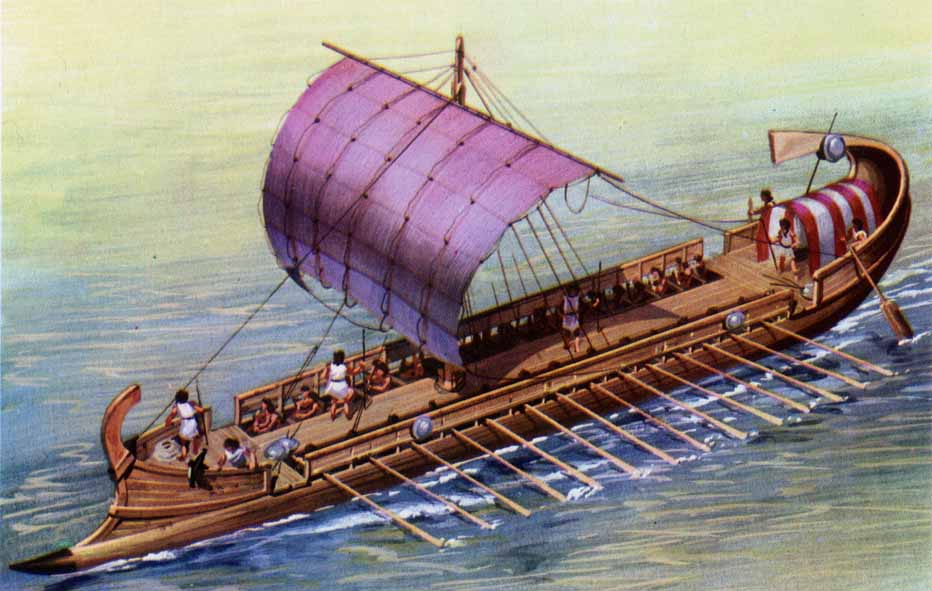 Artist’s depiction of a Roman Liburnian
Artist’s depiction of a Roman LiburnianHistory tells us that Caligula had a great love of anything having to do with ships and the sea. It’s through the writings of Caligula’s biographer, Suetonius, that we learn of Caligula’s frequent spending on custom-made ships, though he starts small—according to Suetonius, Caligula ordered the construction of an extravagant Liburnian, a light and fast galley that was part pirate-ship and part sailboat, in which he enjoyed lazy mornings on the water between Rome and the Bay of Naples.
But, as with most things Caligula loved, he needed more. He wanted a much bigger boat, a lavish, palatial pleasure ship that would not only rival, but far surpass the enormous royal barges of the Hellenistic world, particularly those of the Ptolemaic kings in Egypt.
With this goal in mind, he summoned engineers from the Roman naval headquarters and with their help designed two enormous, unusual ships, both of which were to be constructed near and eventually released upon Lake Nemi.
 Caligula already had a great deal of attachment to this tiny, secluded volcanic lake. Nearly nineteen miles south of Rome, Lake Nemi was an ideally quiet, relaxing spot which Caligula could visit to escape the oppressive heat of a Roman summer. The lake, known in Caligula’s time as “Diana’s mirror,” was also considered a sacred site to the goddess Diana, with whom Caligula was relatively infatuated. Her mysterious cult, which practiced ritual sex and allegedly performed human sacrifices, was the perfect mixture of sexy and bloody for Rome’s perverse young emperor. Well before he ordered the construction of his Nemi ships, Caligula had already built himself a luxurious villa at the edge of the lake, very close to the sanctuary of Diana on its shore. For Caligula, the construction of enormous, extravagant vessels on which he could relax in the middle of his favorite lake, instead of just on its shores, was the logical next step.
Caligula already had a great deal of attachment to this tiny, secluded volcanic lake. Nearly nineteen miles south of Rome, Lake Nemi was an ideally quiet, relaxing spot which Caligula could visit to escape the oppressive heat of a Roman summer. The lake, known in Caligula’s time as “Diana’s mirror,” was also considered a sacred site to the goddess Diana, with whom Caligula was relatively infatuated. Her mysterious cult, which practiced ritual sex and allegedly performed human sacrifices, was the perfect mixture of sexy and bloody for Rome’s perverse young emperor. Well before he ordered the construction of his Nemi ships, Caligula had already built himself a luxurious villa at the edge of the lake, very close to the sanctuary of Diana on its shore. For Caligula, the construction of enormous, extravagant vessels on which he could relax in the middle of his favorite lake, instead of just on its shores, was the logical next step.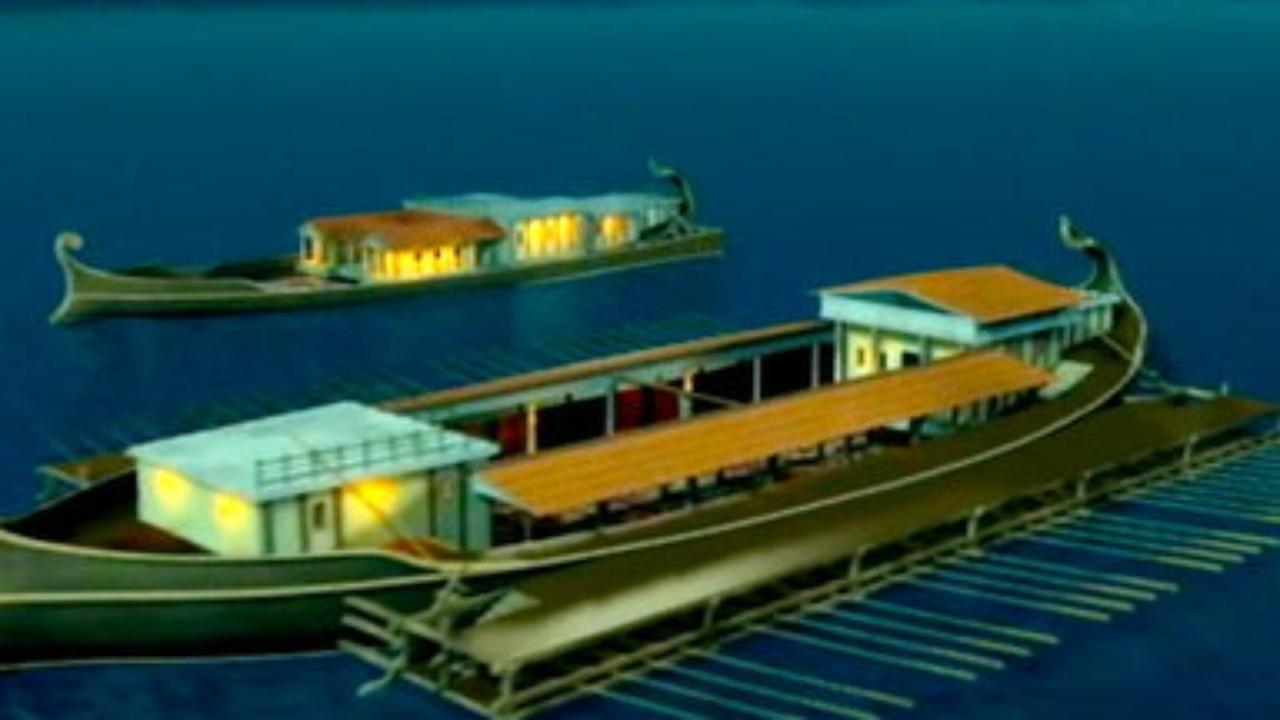 Electronic recreation of the Nemi ships
Electronic recreation of the Nemi shipsWhy two ships? In keeping with his devotion to the goddess Diana, Caligula designed the first ship to be a floating temple dedicated to her worship. The second was a little more casual—it was meant to be used for pure luxury and relaxation, a floating villa on which Caligula could entertain his friends and perform any other sort of debauchery. Each ship, when completed, was about the size of a football field—so that, just as Caligula planned, the two barges together dominated the small lake.
 Bronze fittings recovered from the ships
Bronze fittings recovered from the shipsAccording to Suetonius, Caligula spared no expense for his floating palaces. The barges were made of expensive cedar wood with elegantly fashioned bronze fittings, cast in the detailed shapes of animals, satyrs, and fauns. The sails were made of purple silk, the floors were covered in priceless mosaics and had a heating system resembling those present in the Roman Baths, and the decorations were made of gold, silver, and alabaster. There was even running water—hot and cold.
Even more impressive is the number of technological marvels on the ship—mini machines and inventions that made Caligula’s demands possible, and could have changed the course of history. That is, until the barges sank to the murky bottom of the lake—by orders of the Roman Senate.
After Caligula was assassinated in 41 A.D. after just four years of rule (what some historians call his “Reign of Terror”), the brow-beaten Senate began a process which scholars call a de facto damnatio memoriae, or a damnatio memoirae–a “damnation of memory,” in the sense that all evidence of a person ever having existed will be destroyed—that takes place somewhat erratically, without an official declaration of intent. Clearly Caligula was not systematically erased from history, but the Senate did order the destruction of the most flamboyant examples of his extravagance, including the beautiful Nemi ships.
 One of the ships after it was recovered from the lake
One of the ships after it was recovered from the lakeFor hundreds of years the Nemi ships lay forgotten at the bottom of lake, almost completely buried in silt. It wasn’t until 1932 that the ships were finally recovered, under orders from fascist dictator Benito Mussolini—whose government undertook the project as part of a push to connect Mussolini’s regime with the glory of imperial Rome. It took about five years in total to recover the ships (and basically required the partial and temporary draining of Lake Nemi), but what archeologists saw when they finally got to examine the barges made their jaws drop.
 They found, among other things, a wooden anchor in the Admiralty Pattern style (the shape with which most people are familiar today), which was thought to have been invented in the 18th Century until the anchor at Nemi was discovered. They found expertly fashioned bronze water taps which were used to control the flow of water into the ships’ storage tanks and which appeared so modern in design that archeologists actually had the taps tested to prove that they came from the same time period as the ships. The taps were so well made that even after hundreds of years buried at the bottom of the lake, they nonetheless produced a water-tight seal—in fact, similar designs are still in use by modern companies today.
They found, among other things, a wooden anchor in the Admiralty Pattern style (the shape with which most people are familiar today), which was thought to have been invented in the 18th Century until the anchor at Nemi was discovered. They found expertly fashioned bronze water taps which were used to control the flow of water into the ships’ storage tanks and which appeared so modern in design that archeologists actually had the taps tested to prove that they came from the same time period as the ships. The taps were so well made that even after hundreds of years buried at the bottom of the lake, they nonetheless produced a water-tight seal—in fact, similar designs are still in use by modern companies today.The remains of hand operated pumps that used air pressure to move water were extremely technically advanced, as were the chain-and-bucket “waterwheels” that were used to remove excess water from the bilges (the bilge being the lowest part of the ship where the two sides meet below the waterline).
 A seemingly insignificant find that proved to be astonishing was that of a circular platform with embedded lead ball bearings. Ball bearings were thought to have been invented by Leonardo Da Vinci during the Renaissance, but the ball bearings found at the bottom of Lake Nemi predated Da Vinci by a full fourteen-hundred years. Most scholars believe that they were created by Caligula’s engineers in order to satisfy the emperor’s demand for a rotating statue of Diana—the life-sized statue would sit on the wooden platform, which would rotate slowly thanks to a mechanism below-deck and the ball bearings, producing the desired “wow effect” among Caligula’s guests.
A seemingly insignificant find that proved to be astonishing was that of a circular platform with embedded lead ball bearings. Ball bearings were thought to have been invented by Leonardo Da Vinci during the Renaissance, but the ball bearings found at the bottom of Lake Nemi predated Da Vinci by a full fourteen-hundred years. Most scholars believe that they were created by Caligula’s engineers in order to satisfy the emperor’s demand for a rotating statue of Diana—the life-sized statue would sit on the wooden platform, which would rotate slowly thanks to a mechanism below-deck and the ball bearings, producing the desired “wow effect” among Caligula’s guests.These are just a few of the technological marvels found onboard Caligula’s Nemi ships—marvels that made us reexamine what we thought about history and Roman naval engineering. Many historians believe that it was a mistake to sink the Nemi ships in the first place, no matter how angry the Senate was at Caligula. The desire to forget the despotic and sadistic emperor also led to the forgetting of impressive technologies that, for all intents and purposes, had to be “reinvented” centuries later.
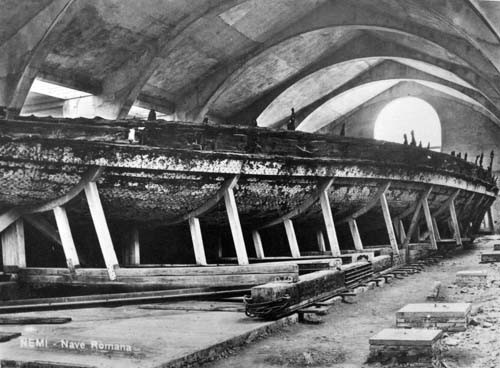 One of the ships inside the Nemi Museum
One of the ships inside the Nemi MuseumA large museum was built on the shores of Lake Nemi to house the incredibly well-preserved ships; but, sadly, visitors and archeologists only got fifteen years to enjoy the ships and examine their secrets. During World War II, the ships were burned to cinders, either by American artillery fire or retreating German troops. Only a few pieces of wood, bronze, and miraculously, the original anchor, survive.
The museum, however, still stands, with its hangar-like rooms serving as a testament to the massive size of the original ships. Sketches, photographs, recreations of certain machines, and one-fifth scale models of the ships are still on display for the public. The town of Nemi and the museum are also working together to slowly fund and build a life-size recreation of one of the ships, which is being assembled right outside the museum.
Caligula may have been crazy, then—or at least wildly immature—but his constant need to display his wealth and power resulted in technological marvels that, had they not been erased from history, may have completely changed the path (and our modern perception) of Roman naval engineering. And, if the ships had not been destroyed so soon after being pulled from the depths of Lake Nemi, who knows what we might have learned about Rome and Caligula?
If anything, the Nemi ships—their construction and destruction twice-over—teach us that we still have much more to learn.


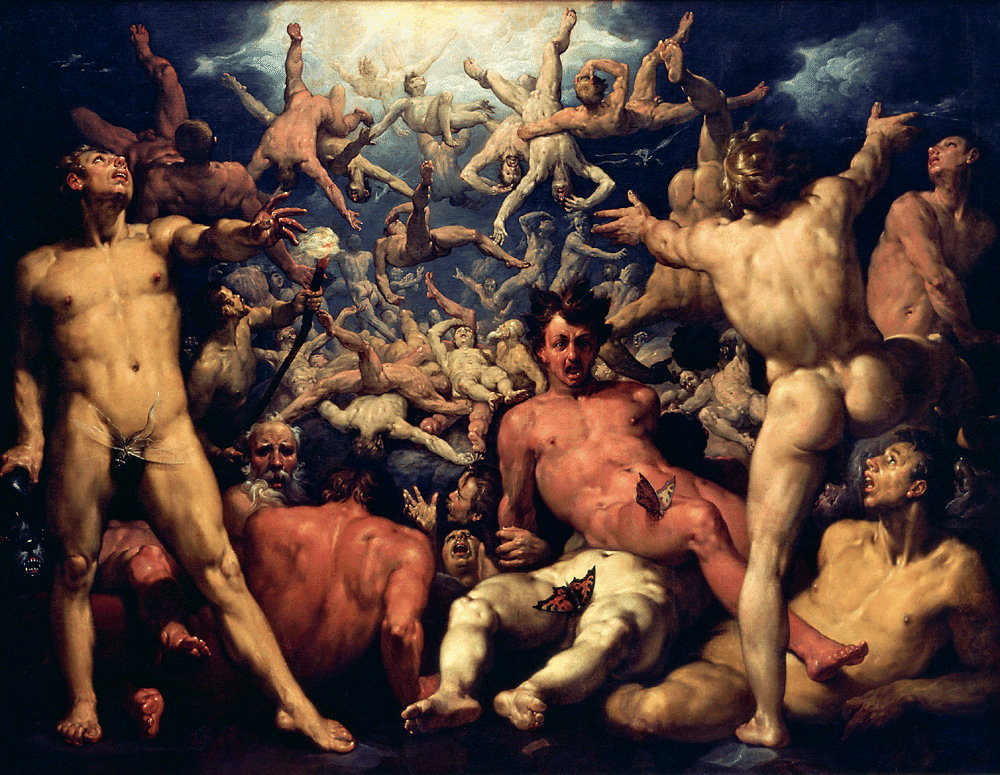
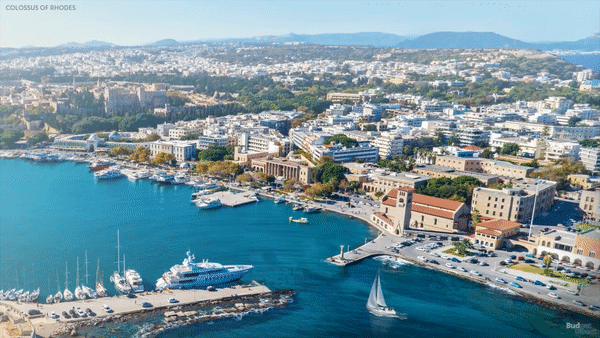
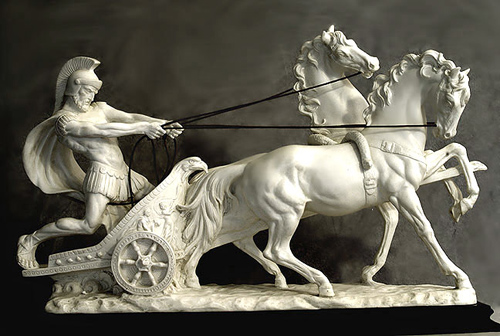
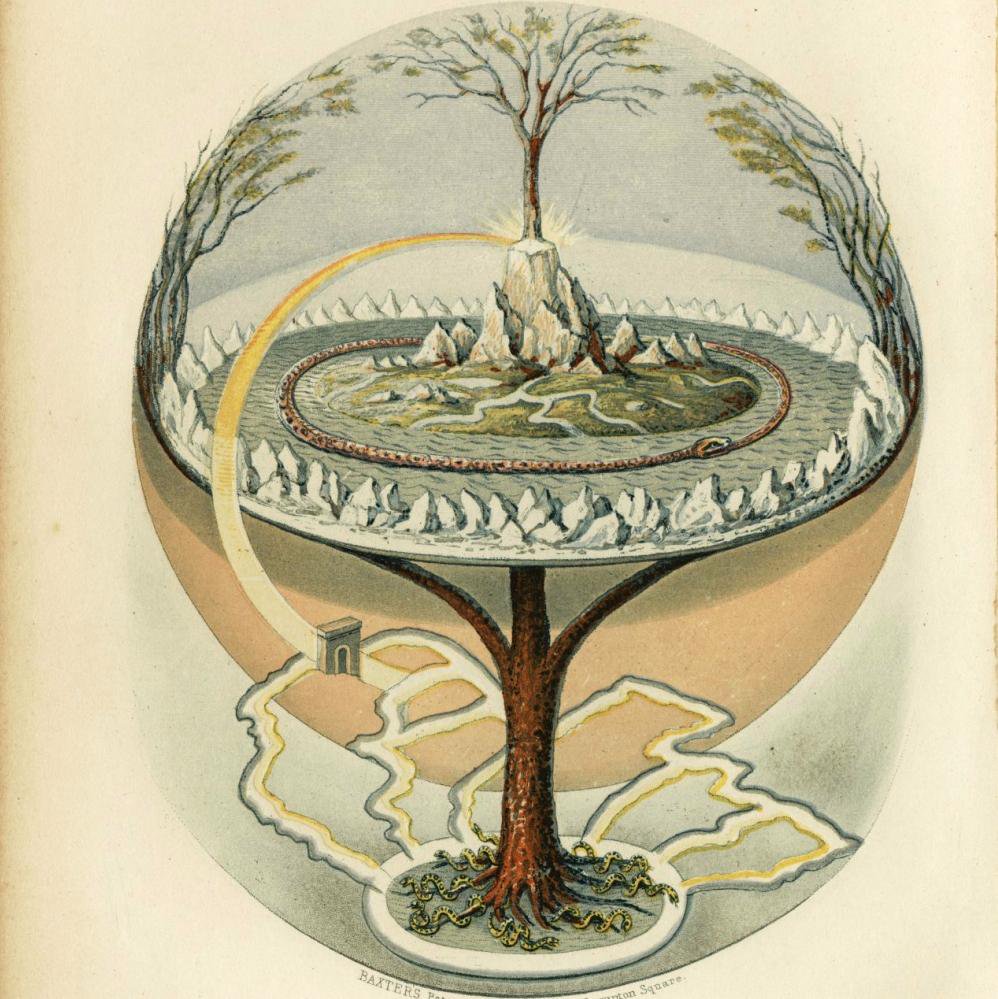

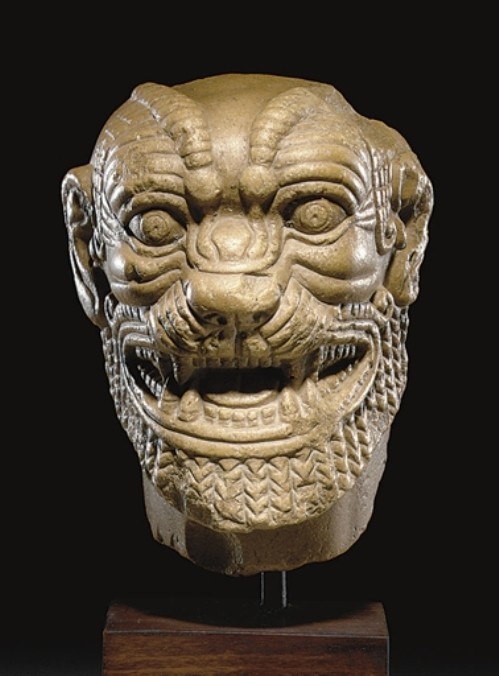

One comment
Great article! Would that the engineers of today’s command-and-control universe of manufactured history be converted to the understanding the genius cannot be erased from history for the sake of current correctness!
Trackbacks
Our apologies, you must be logged in to post a comment.